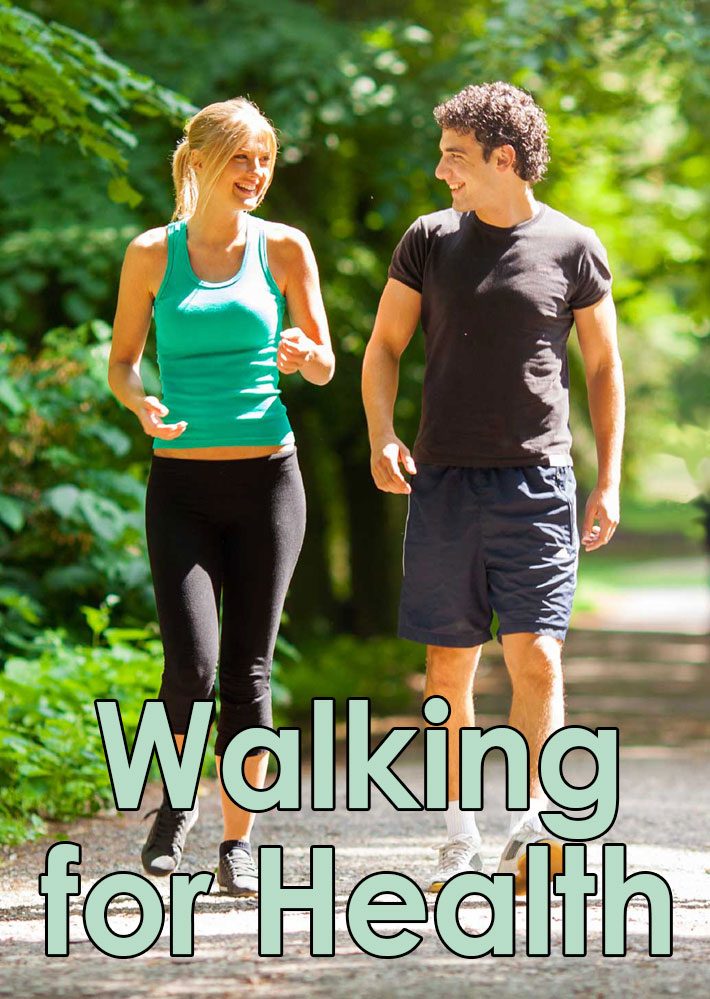
Walking for health
Walking is simple, free and one of the easiest ways to get more active, lose weight and become healthier. It’s underrated as a form of exercise, but walking is ideal for people of all ages and fitness levels who want to be more active. Regular walking has been shown to reduce the risk of chronic illnesses, such as heart disease, type 2 diabetes, asthma, stroke and some cancers.
Use this guide to increase the amount of walking you do every week and maximise the health benefits.
Before you start
A pair of shoes is all the equipment you really need. Any shoes or trainers that are comfortable, provide adequate support and don’t cause blisters will do. Wear loose-fitting clothing that allows you to move freely. Choose thin layers rather than heavy, chunky clothing. If you’re walking to work, you can just wear your usual work clothes with a comfy pair of shoes.
For long walks, you may want to take some water, healthy snacks, a spare top, sunscreen and a sunhat in a small backpack.
If you start taking regular, longer walks, you may want to invest in a waterproof jacket and some walking boots for more challenging routes.
Starting out
Start slowly and try to build your walking regime gradually. To get the health benefits from walking, it needs to be of moderate-intensity aerobic activity. In other words, it needs to be faster than a stroll.
Moderate-intensity aerobic activity means you’re walking fast enough to raise your heart rate and break a sweat. One way to tell is that you’ll be able to talk, but not sing the words to your favourite song.
- Try to walk 10,000 steps a day. Most of us walk between 3,000 and 4,000 steps a day anyway, so reaching 10,000 isn’t as daunting as it might sound.
- If, to begin with, you can only walk fast for a couple of minutes, that’s fine. Don’t overdo it on your first day.
- You can break up your activity into 10-minute chunks, as long as you’re doing your activity at a moderate intensity.
- Begin every walk slowly and gradually increase your pace. After a few minutes, if you’re ready, try walking a little faster.
- Towards the end of your walk, gradually slow down your pace to cool down. Finish off with a few gentle stretches, which will improve your flexibility.
- From walking to the shops or part of your journey to work, to walking the dog and organised group walks, try to make every step count.
Staying motivated – Make it a habit
The easiest way to walk more is to make walking a habit. Think of ways to include walking into your daily routine. Examples include:
- walking part of your journey to work
- walking to the shops
- using the stairs instead of the lift
- leaving the car behind for short journeys
- walking the kids to school
- doing a regular walk with a friend
- going for a stroll with family or friends after dinner
If you live in a city, Walkit has an interactive walk planner to help you find the best walking route. Each suggested route includes your journey time, calorie burn, step count and carbon saving.
Mix it up
Add variety to your walks. You don’t have to travel to the countryside to find a rewarding walk. Towns and cities offer interesting walks, including parks, heritage trails, canal towpaths, riverside paths, commons, woodlands, heaths and nature reserves. For inspiring walks, visit Walk England. For wheelchair users, visit Walks with wheelchairs and for parents with buggies, visit Walks with buggies.
Join a walking group
Walking in a group is a great way to start walking, make new friends and stay motivated. Walking for Health’s Walk Finder allows you to search for organised walks near you. Many of the walks are aimed at people who do little or no exercise, but who would like to become more active.
Ramblers organises group walks for everyone, including previously inactive people, those with a specific health condition and wheelchair users.
Become a volunteer
One way to keep walking regularly is by becoming a volunteer to promote walking in your community and help other people get active. Walking for Health is England’s largest network of health walk schemes, helping people across the country lead a more active lifestyle. Volunteering is a great way to keep active, make new friends and explore your local area.
Get your boots on
Ramblers promotes walking for health, leisure and as a means for getting around to people of all ages, backgrounds and abilities, in towns and cities, as well as the countryside. Its website has details of many locally organised walking groups, for all levels of fitness.
Set yourself a goal
You can walk 1,000 steps in around 10 minutes. Pedometers are a fun way to keep track of your walking. Use a pedometer to work out your average daily steps and then start adding extra steps.

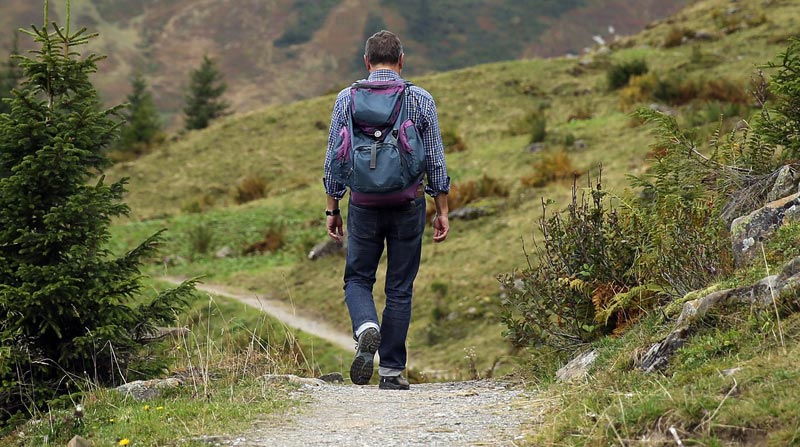
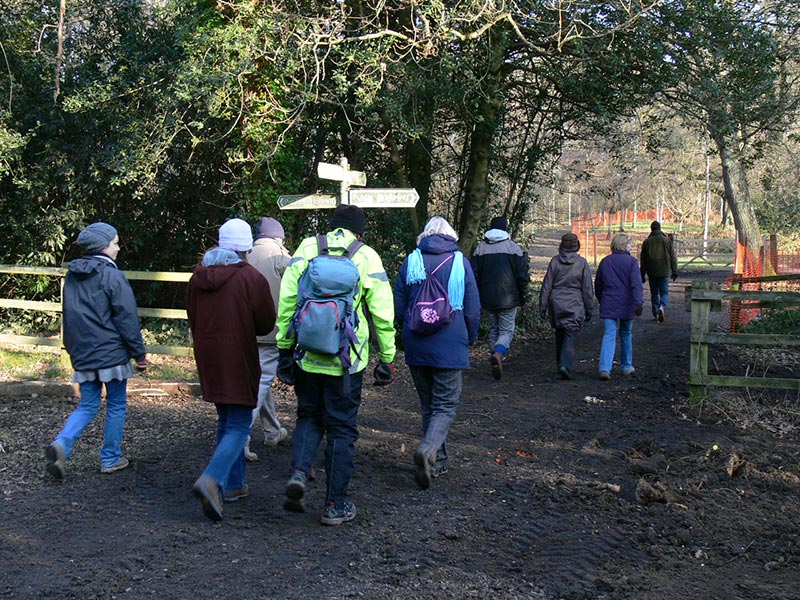
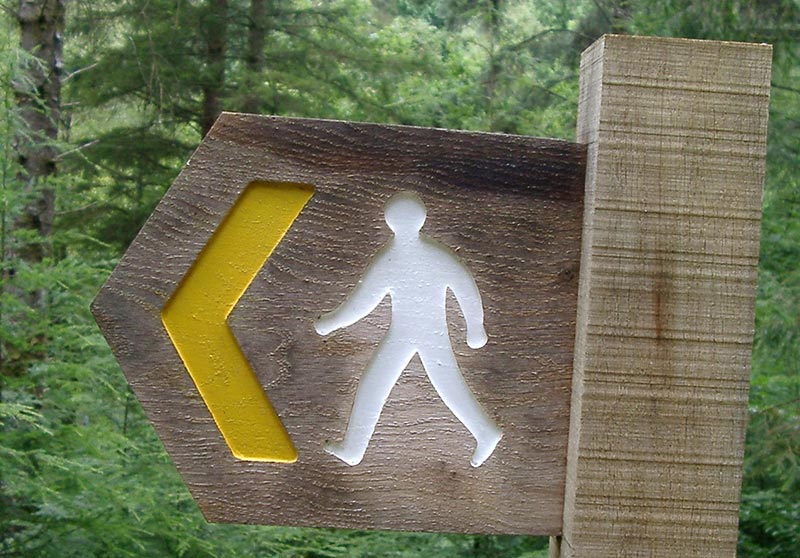


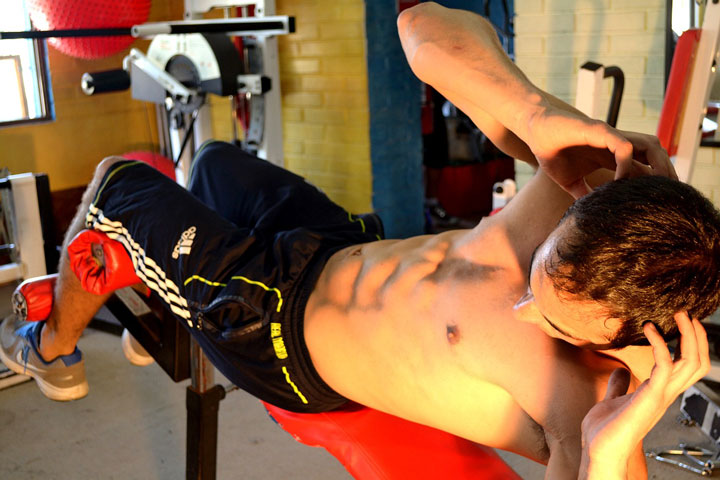
Leave a Reply